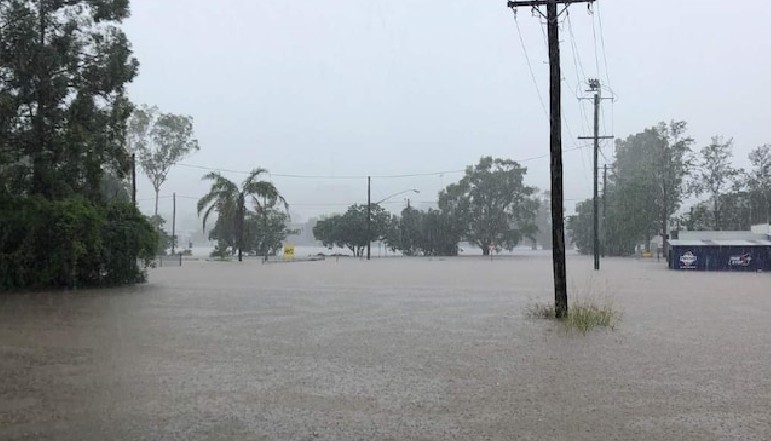
Flash floods are sudden, violent floods that can occur within minutes or hours of excessive rainfall, a dam or levee failure, or a sudden release of water held by an ice jam. These floods can cause significant damage to life and property, rolling boulders, tearing out trees, destroying buildings and bridges, and scouring out new channels.
Rapidly rising water can reach heights of 30 feet or more, making flash floods a serious threat to both people and infrastructure. In this article, we will discuss flash floods, flash flood warnings, and the role of the National Weather Service in providing crucial information to the public.
Flash Floods
Flash flooding occurs when too much rain falls too fast and too long for the ground to absorb all that water. This flooding typically occurs in a short time frame after a precipitation event – generally less than six hours. Flash floods can be particularly dangerous because they can develop quickly and catch people unprepared. In the United States, floods kill more people each year than any other type of hazardous weather.
Flash Flood Warnings
The National Weather Service (NWS), an agency within the National Oceanic and Atmospheric Administration (NOAA), issues flash flood warnings when a flash flood is imminent or occurs. These warnings are crucial for those living in flood-prone areas, providing information on when to move immediately to higher ground. A flash flood warning means that conditions are favorable for a sudden, violent flood to occur, even in areas not immediately receiving rain.
Safety Rules for Flash Flood Warnings
When a flash flood warning is issued, it is essential to follow safety rules to protect yourself and your property. Some key safety rules include:
- Do not walk through flowing water. Most drownings occur during flash floods, and just six inches of swift-moving water can knock you off your feet.
- Remember the phrase “Turn Around, Don’t Drown!” Do not drive through flooded roads; cars can be swept away in only two feet of moving water.
- Do not drive around road barriers, which are there for your protection. Be especially cautious at night when it is harder to recognize flood dangers.
- Keep children away from high water, storm drains, or viaducts, as they can easily be swept away by fast-moving water.
The National Weather Service
The NWS provides weather, hydrologic, and climate forecasts and warnings for the United States, its territories, adjacent waters, and ocean areas. This information is crucial for the protection of life and property and the enhancement of the national economy. The NWS is the world’s largest weather organization, employing approximately 4,700 personnel.
Flash floods are a dangerous and potentially deadly natural phenomenon that can occur with little warning. By staying informed about flash flood warnings issued by the National Weather Service and following safety rules, individuals can protect themselves and their property from the devastating effects of these sudden, violent floods.













